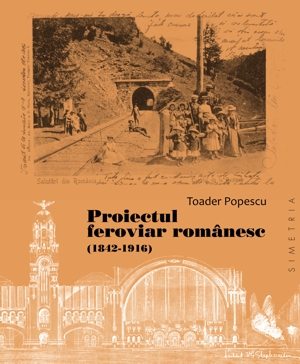The half-century that preceded the First World War was a period of profound changes in the history of the Romanians. Over the course of just a few generations, Romanian society, in general, and Romanian cities, in particular, were wrenched from a certain degree of historical lethargy and cast, almost violently, into the vortex of modernity. The railway became the cause and symbol of an extremely intense and rapid process. It was a driving force of development, without which many of the historical changes that over took the country, its towns and urban life would not have been possible. Without studying the railway these changes cannot be correctly and fully understood.
This book examines the place the railway occupied in the vast and extremely heterogeneous panorama of the phenomenon of modernisation. We believe that such a viewpoint is of dual interest: on the one hand, it explores in a wider context the causes and mechanisms underlying the Romanian railway project, thereby providing a new framework within which to read it, and on the other hand, it enriches our understanding of a complex historical period, which rests under the sign of the acceptance and implementation of a modernising discourse. We therefore attempt to frame the railway project within the models specific to modernisation in Romania, in terms of how these models have been postulated by historians and theorists over the course of time. In particular we include those models that seek to discern, within this phenomenon, the specific relationship between imitation and originality, between form and content, between culture and civilisation, between tradition and rupture, between project and conjuncture, between evolution and revolution.
The object of the research is the spatial and cultural embodiments of the railway project. We are interested in the territory, the city and the railway station primarily as physical and functional forms that shape and are shaped by the railways, and secondly as cultural manifestations of a society on the threshold of modernity. |
